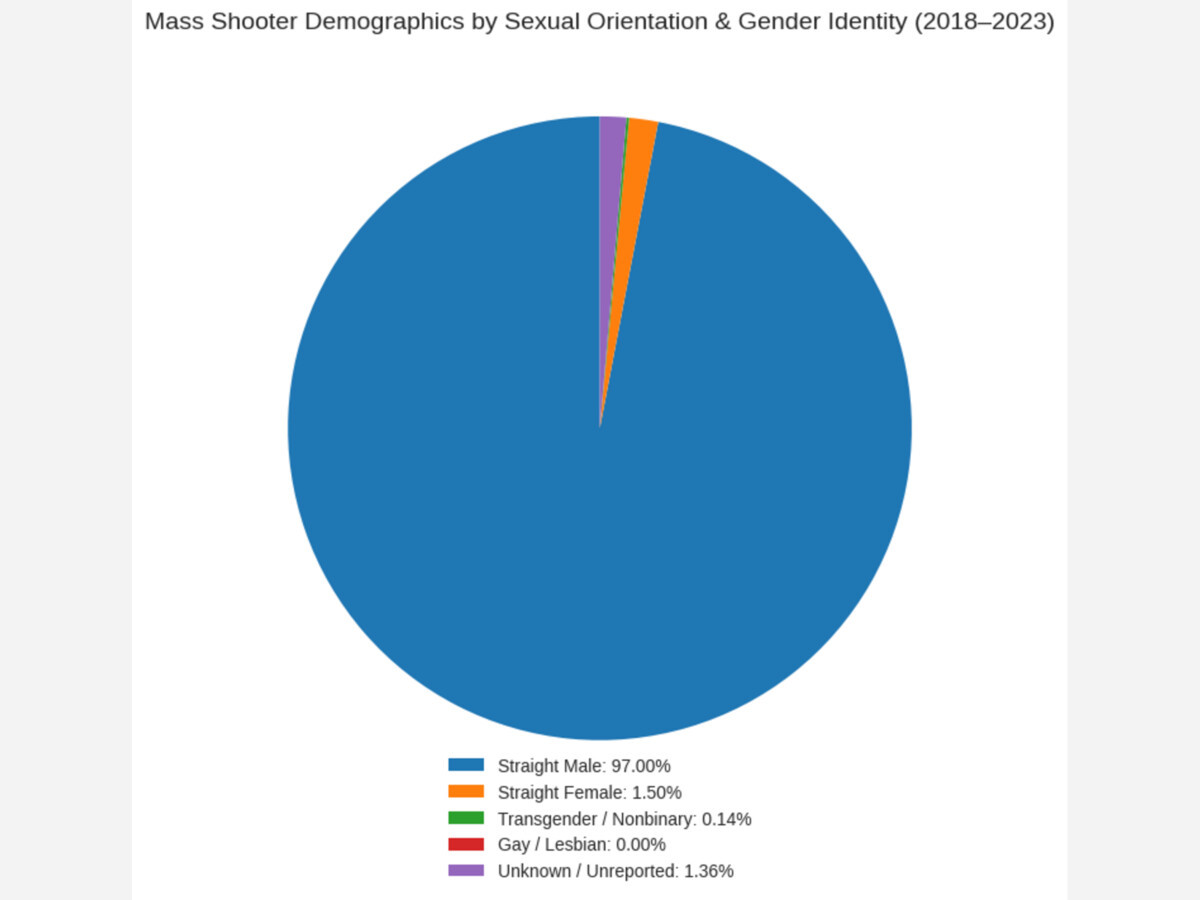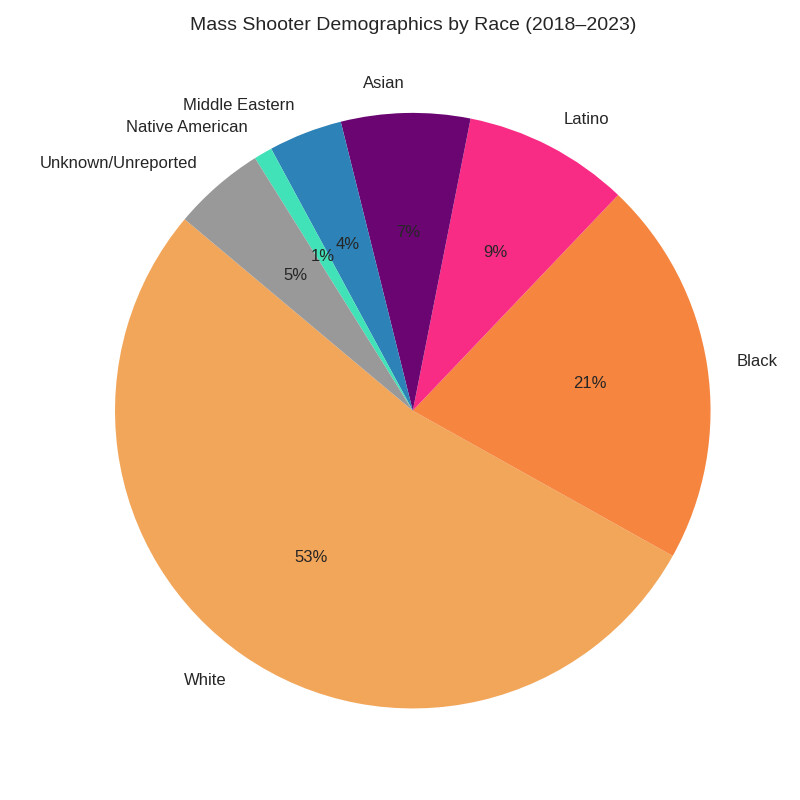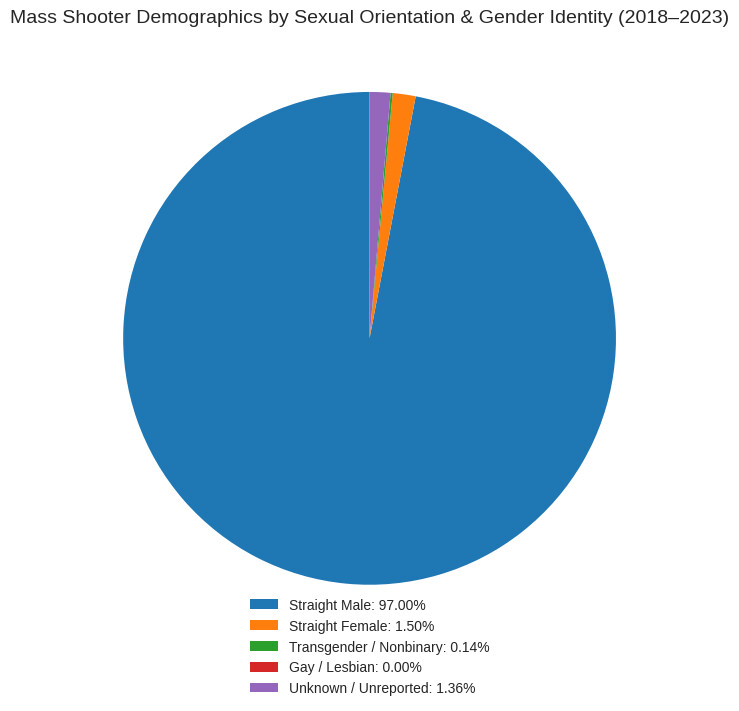Image


Alamogordo, NM — With the recent shooting involving conservative commentator Charlie Kirk and a wave of speculation swirling without verified facts, we decided to bring the conversation home—to Alamogordo, where violence, accountability, and civic leadership have collided in ways that mirror the nation’s deeper fractures.
As the United States continues to grapple with a surge in mass shootings—nearly 2,900 incidents between 2018 and 2023—Alamogordo has faced its own issues with crime. From the courtroom removal of Cowboys for Trump founder Couy Griffin as a result of a reaction by the courts to his participation in the alleged insurrection events, to he 2023 Oregon Park shooting near Alamogordo High School which ultimately resulted in increased police pay and staffing, to the community’s response to the killing of 16-year-old Elijah Hadley, the community has become a microcosm of America’s broader struggle with transparency, justice, and civic renewal.
Nationally, the data paints a sobering picture. Nearly 97% of mass shootings are committed by straight males, with white individuals accounting for approximately 53% of incidents and Black individuals for 21%. Latino, Asian, Middle Eastern, and Native American shooters make up smaller percentages.

The fact is shootings by while transgender or nonbinary individuals represent fewer than 0.14% of cases, the actual number for trans is 4 thru 2023 out of 2861 incidents and 6 total as of today thru 2025, if we include the Kirk incident.

Locally, Alamogordo’s own flashpoints around violent acts have catalyzed civic engagement. In 2022, Couy Griffin was removed from office by court order for violating his oath following his participation in the January 6 Capitol breach. The coverage by AlamogordoTownNews.org and KALHRadio.org didn’t just inform—it activated locals to comment and engage. Residents packed commission meetings, filed ethics complaints, and launched recall petitions due to Griffins various actions. Griffin’s actions and the public response via an attempted recall effort and then eventual court removal wasn’t just about one man—it was about a community deciding that silence was no longer acceptable, thus they engaged.
Tragedy struck in 2023 when gunfire erupted at Oregon Park near Alamogordo High School. A 17-year-old male opened fire on a group of teens, killing 14-year-old Jyrese Collier and injuring others. The shooter, later identified as Isaiah Leonard, was arrested and charged with first-degree murder, attempted murder, and unlawful possession of a firearm.
The incident shook the community. Parents demanded answers. Students mourned. And city officials responded with a passionate debate led by Mayor Susan Payne and Mayor Pro-Temp Sharon McDonald pushing for reform and increased policing. Mayor Pro-Temp Sharon McDonald stated, “We heard the community loud and clear. Safety isn’t negotiable—especially when our children are involved.”
That year the Alamogordo City Commission approved a $1.2 million increase in police department funding, earmarked for school-adjacent patrols, surveillance upgrades, and additions youth-focused and service officer training and staffing.
That investment was part of a broader reform effort. In 2023, the City of Alamogordo implemented sweeping pay increases and revised pay grades for police officers. Non-certified trainees began earning $20 per hour, while certified officers received between $27 and $29.51 per hour depending on qualifications. Sergeants started at $50,132 annually, with three-year veterans earning up to $73,711. Lieutenants earned between $79,123 and $82,721, and command staff—including the Deputy Chief and Chief—received salaries ranging from $90,979 to $105,665.
The compensation package also included 21.5 days of paid time off, 10 paid holidays, and employer-supported health and dental coverage, with the city covering 80% of premiums. Officers received life insurance, vision and disability benefits, and retirement contributions with the city covering 75% of employee contributions after 25 years of service. Additional incentives were offered for college degrees, bilingual skills, physical fitness, and field training roles.
These reforms were incorporated into the city’s fiscal year budget, raising average officer salaries to approximately $49,811, with top performers earning up to $65,569. The goal was clear: improve retention, attract qualified personnel, and align Alamogordo’s compensation with state and national standards and ensure public safety.
In 2025, the Alamogordo Police Department announced bringing the call center facility for 911 calls back inhouse. The inhouse facility will include enhanced dispatch capabilities, improved training providing better response and better public safety within the city of Alamogordo.“In-house will allow us to better serve our community, improve response times, and provide a safer environment for both officers and residents,” the department stated in a public update.
Then came a black eye for County Government in 2025 with the killing of Elijah Hadley. Shot 21 times by an Otero County deputy during a traffic stop, Hadley was holding a nonlethal bb gun mistaken for a serious weapon. The release of bodycam footage sparked outrage and grief. KALHRadio.org hosted interviews featuring Hadley’s family, civil rights attorneys, and local clergy. The result was a countywide calls for de-escalation protocols, improvements in training and accountability by the sherrifs office with protocals equal or better than those of the Alamogordo City Police Department. The case against the deputy charged with murder is making its way through the courts and Otero County is involved in litigation that could range in the millions of dollars in exposure and risk to the County budget which has been under scrutiney for lack of audit controlls.
From partisan division and infighting from the county to the city specific to the dispatch authority to police accountability, Alamogordo’s civic landscape has shifted to the public expecting accountability and a government response. The conversation has moved beyond city county collaborations to focus on systems: who holds power, how decisions are made, and whether the public has a seat at the table.
“We’re not immune to the national climate, but we are uniquely positioned to respond. When people know the facts, they act. And when they act together, change for a better community becomes possible,” said local journalist, Chris Edwards. to an Albuqurque reporter questioning the impact of crime in small towns in New Mexico.
In a town once known for historic storefronts and deep ties to the military, the sound of civic engagement is growing louder each and every day. The cry for political leaders to cut the rhetoric and politics of fear and manage by facts is a message that commissioners from the city to the county must take to heart. From the courthouse to the park, Alamogordo is proving that even in the shadow of national violence, local voices are engaged and paying attention not only to the national debate but to ensure accountability and civility at the local level.